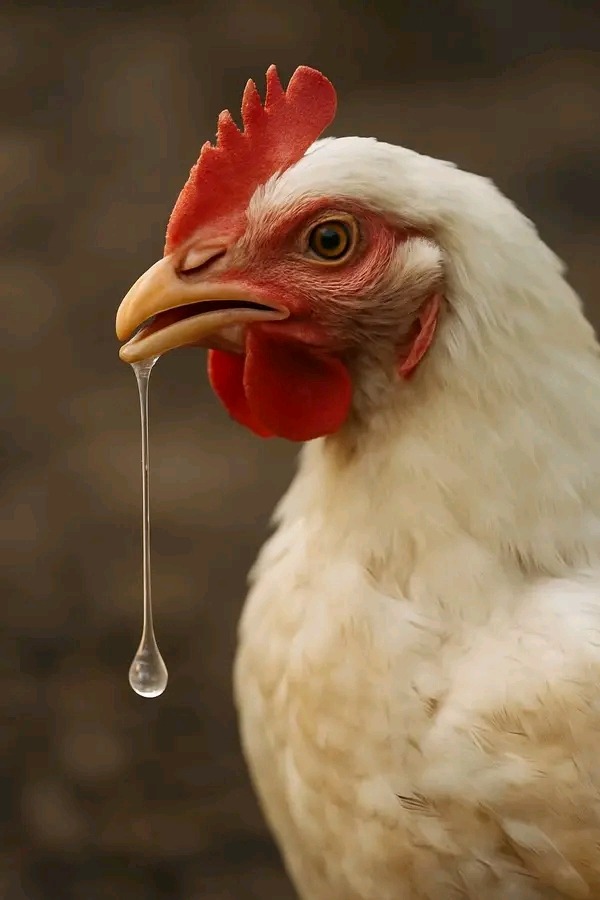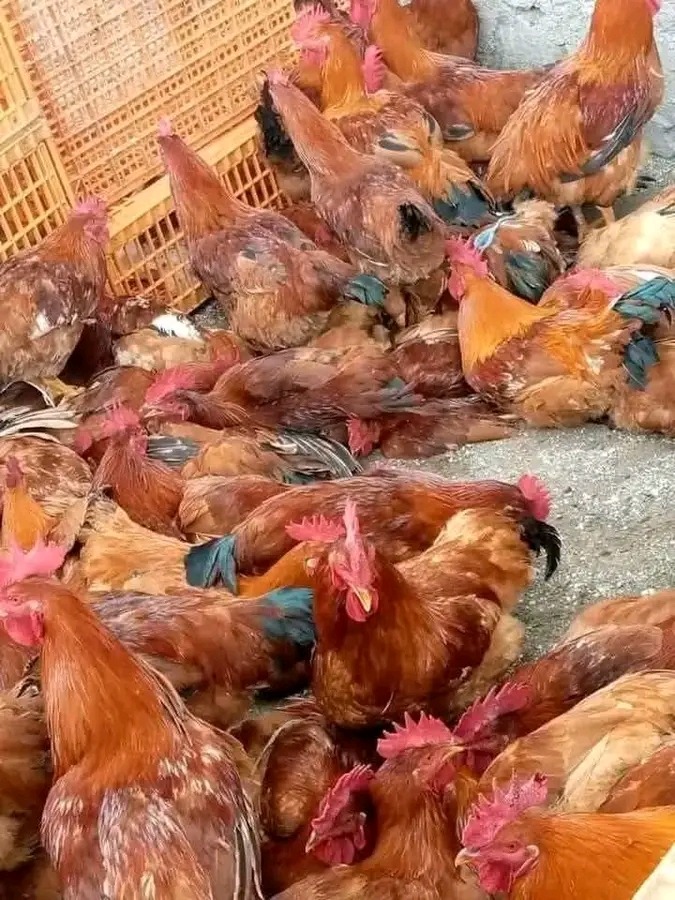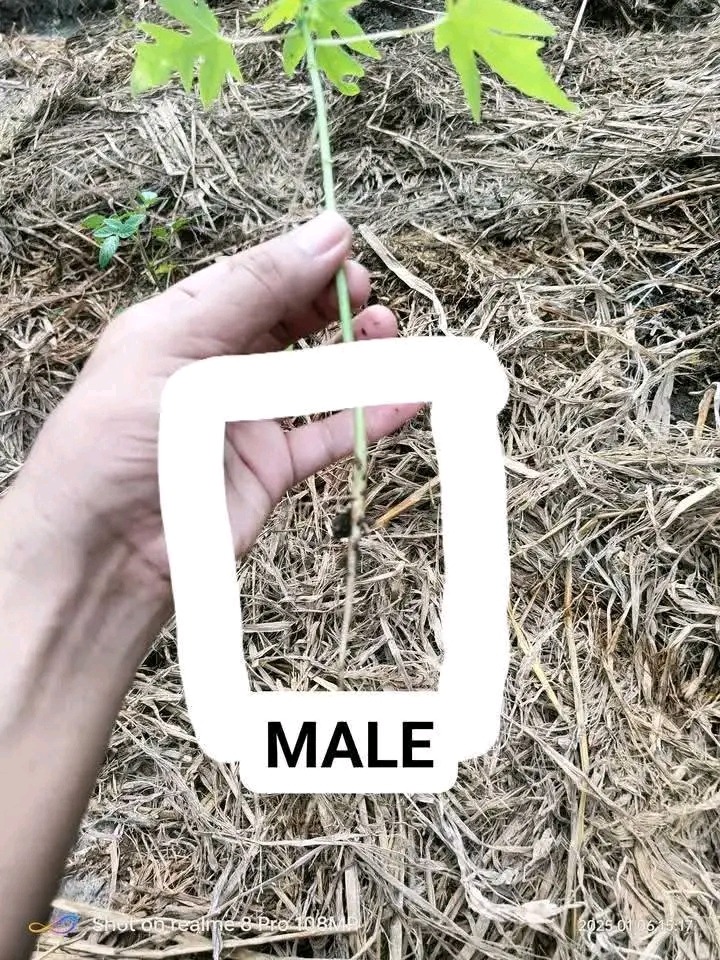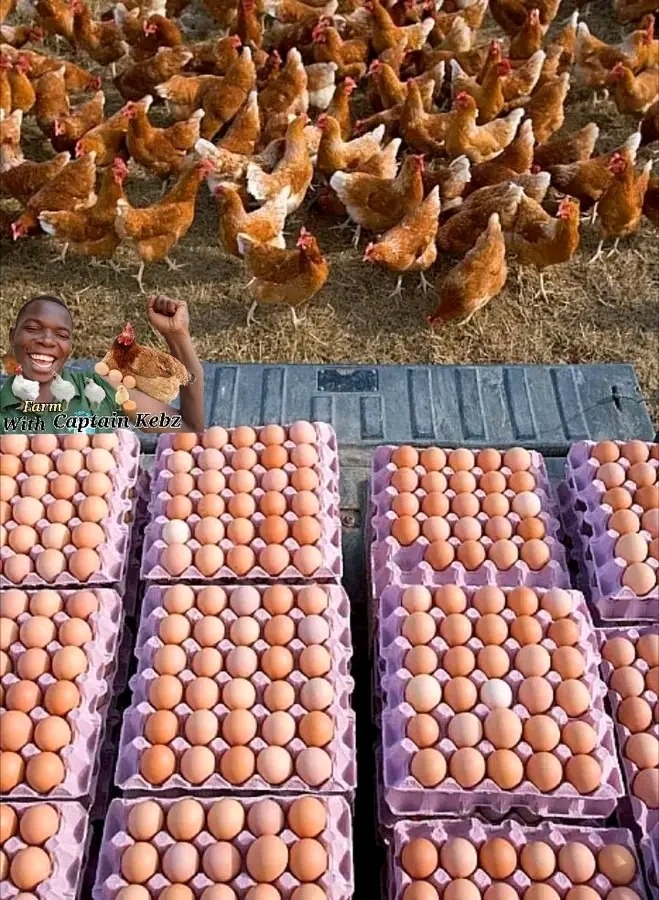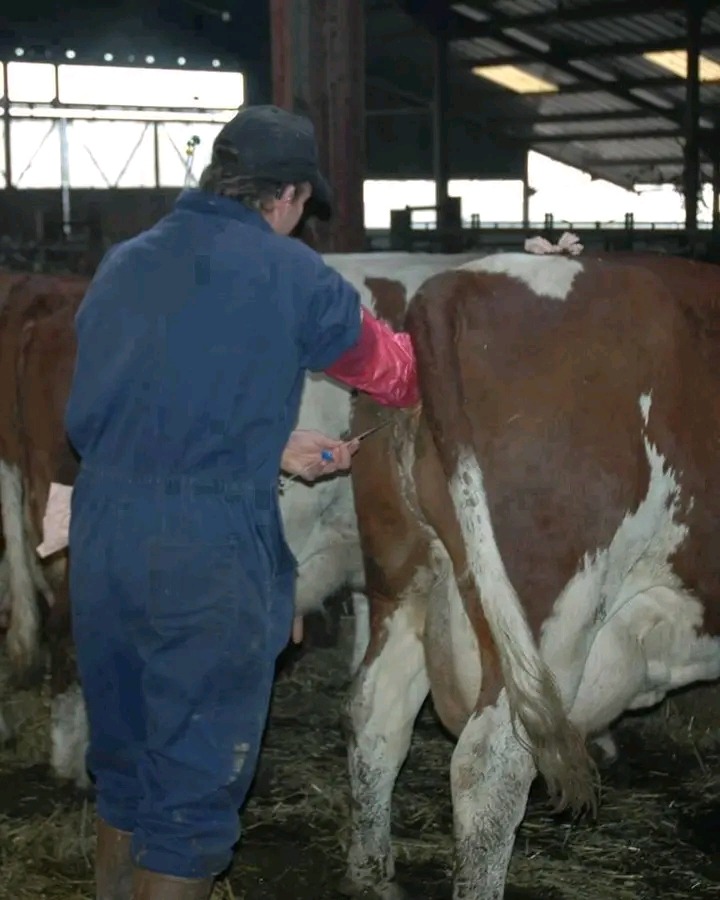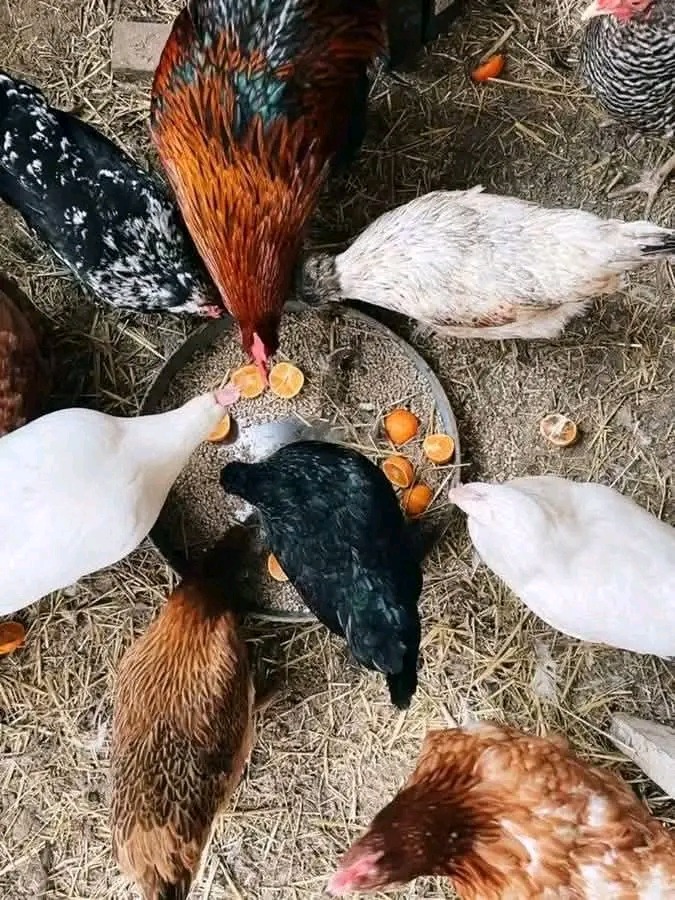
A chicken ready to lay eggs will exhibit physical and behavioral changes. These include a larger, redder comb and wattles, increased nesting box activity, a submissive squat when approached, and a more vocal demeanor. Additionally, the hen’s pelvic bones will widen, and her vent will become more prominent and moist.
Here are 8 signs to watch for:
- Enlarged and Reddened Comb and Wattles:As a hen’s body prepares to lay eggs, the comb and wattles (the fleshy appendages on the head and throat) will grow larger and turn a deeper red color.
- Increased Nesting Box Activity:A hen nearing egg-laying will spend more time in and around the nesting boxes, often exploring them and potentially squawking or singing as she gets ready.
- Submissive Squat:When approached, a hen about to lay will often squat down low, as if to allow a rooster to mount her, even if no rooster is present.
- Vocalizations:Hens may become more vocal before laying, producing a distinctive “egg song” or other loud clucking or squawking sounds.
- Widening Pelvic Bones:The pelvic bones, located on either side of the vent, will begin to spread apart, creating more space for the egg to pass.
- Moist and Enlarged Vent:The vent, the external opening for both egg-laying and waste elimination, will become more prominent, moist, and potentially appear enlarged.
- Increased Appetite:Hens preparing to lay eggs need more energy for egg production, so they may consume more food than usual.
- Changes in Behavior:A hen may also exhibit changes in behavior, such as becoming more restless, seeking out secluded and dark areas, or becoming more protective of her nesting area.








